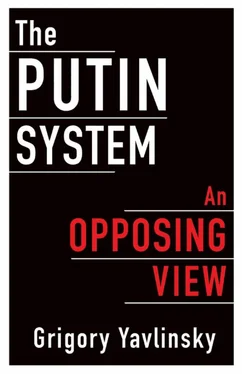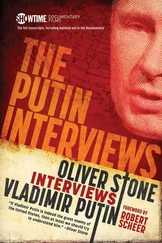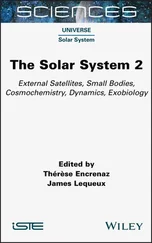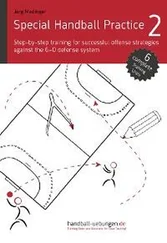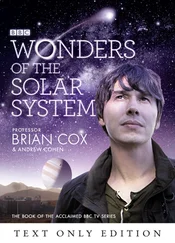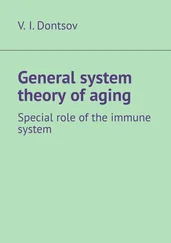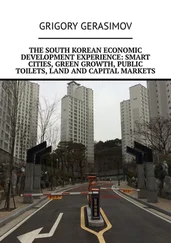The years that have passed since the so-called castling (popular Russian lingo for the set of decisions that moved Putin back into the presidency and Medvedev into the prime minister’s office in the spring of 2012) have not merely reaffirmed the steadiness of the policies pursued by the ruling circle. This period also introduced significant new elements into this picture, and they deserve a separate analysis. But before giving more attention to these details, I shall outline a comprehensive picture of the political system that took shape in Russia, as a result of the aforementioned developments, over the course of the two post-Soviet decades.
3
AUTHORITARIANISM ON THE PERIPHERY
Understanding Russia’s Political System and How It Works
The events of the twenty years following the collapse of the Soviet system have brought Russia to a political system that is based upon a monopolistic grip on power by one dominant group of the ruling bureaucracy. This group appoints whomever they want as chief executives of every uniformed agency (the military, police, security services, and so forth), every administrative unit, and every major economic institution.
This system precludes the replacement of the ruling circle without the simultaneous breakup of the entire system and a deep political crisis. This is a system geared toward its own self-perpetuation. It excludes the possibility of either spontaneously evolving or reforming itself in accordance with a changing environment. Finally, this is a system based upon the redistribution of rents derived from administrative power; therefore, it is interested in the preservation of those economic and societal conditions that enable it to extract and to keep these rents. I will discuss all the features and characteristics of this system in more detail in the rest of this chapter.
THE FORMULA OF DOMINATION
As I have noted, the primary feature that characterizes the formation and succession of the present-day power system in Russia is its authoritarianism. In its essence, if not in appearance, the current political system in Russia is an undiluted authoritarian regime. In this instance, I use this term without a negative emotional connotation. This is just an unbiased assessment of a system of power in which a narrow ruling circle (either with or without a single leader among them) has secured a monopolistic control over the pyramid of administrative power while preventing any significant concentration of political resources in the hands of any other group.
Under our present conditions, such control is secured through more or less effective management of those media that shape public opinion (or, more precisely, the component of public opinion that is relevant for the authorities) as well as meticulous surveillance of all large-scale capital flows inside and into the country. The objective is to prevent any political groups or opposition structures that might be potentially dangerous for the ruling circle from accumulating any significant resources under their control. The tools that ensure achievement of this objective were identified and tested back in the 1990s. But it was over the following decade that this objective was placed at the center of government policies. Over time, it became not just increasingly more prominent but also, to a large extent, a goal in and of itself.
The quasi-corporate ruling circle put the political content of media resources, primarily public television and mass-circulation tabloids, under its control as early as the second half of the 1990s, essentially using these outlets as propaganda tools. One should not be misled by the fact that, in legal terms, some of these media were privately owned at the time. Already, the presidential staff and the narrow circle of the most influential members of the ruling group were playing key roles in deciding upon the political content transmitted by these media.
In the first years after the turn of the century, the ruling group decided to formalize and solidify this control through government ownership of most media resources. It started with the de facto nationalization of Vladimir Gusinsky’s media empire and with the government asserting its full management authority over ORT, Russia’s flagship TV channel. Following that, the government used proxy firms to secure ownership of virtually all mass media capable of shaping public perceptions of the substance and content of Russia’s political life.
So far, over the period of Putin’s rule since the turn of the century, this policy has allowed for the existence of individual opposition-minded media outlets, primarily online. However, these are viewed by the ruling circle as reflecting the feelings and opinions of a negligible fringe that is unable to impact the country’s situation in any fundamental way. Thus, the opportunity to express pro-opposition sentiments and views has been restricted to those niche media channels that the authorities see as having only marginal influence. These media do not undermine or weaken the authorities’ ability to control the minds of the larger strata of society, which could have been used by competing political groups as a weapon in their struggle.
The other pathway to ensuring the Kremlin’s hold over political resources in the country has been the strengthening of its ability to control the flows of money that might be used for political aims, mainly for the formation of alternative centers of gravity in Russian politics. The prosecution in 2003 of Mikhail Khodorkovsky, one of the biggest beneficiaries of the Yeltsin-era “shares for loans” privatization, was the first show of the government’s resolve not to allow any large-scale financial—and therefore organizational—resources outside of its purview to get involved in political struggle. It showed that all financial flows of any significance were going to be as tightly supervised as possible. There obviously were additional motivations involved in arresting and prosecuting Khodorkovsky, such as the fear of letting certain economic assets of strategic importance to slip away from government control, the personal economic interests of individual members of the ruling circle, and the poor personal relationship between Khodorkovsky and Putin. Yet the principal rationale was to show that, from now on, big money was not going to provide access to high-level politics, and, moreover, it was not going to serve its owners as a guarantee of immunity from prosecution and arrest.
From then on, the authorities became more and more determined to curb rich Russians’ opportunities to use their personal fortunes toward political activities outside of government control. In practice, this was pursued primarily through the “ruling party,” United Russia. The party assumed the functions of a vertical supervisory authority, extending from Moscow into the country’s periphery. It has been charged with tracking the political activities of regional business owners and integrating them into the unified system of the authoritarian state while resolutely blocking any attempts to organize or to fund social and political projects that have not gained the consent of vertical hierarchy of power. The changes the Kremlin has made in the electoral system—namely, the abolition of gubernatorial elections in the regions and the election of regional legislatures by party slates only—were also intended to help achieve the task of full control over all political resources. At least in theory, this made it more difficult to use funds outside of government control to increase one’s political influence.
Naturally, as in any such matter, the goal was never completely achieved; after all, the interests and tenets of the centralized vertical hierarchy seen in Russian politics often yield to the private interests, ambitions, and personal preferences of regional hacks and bureaucrats. Yet, overall, the authorities were quite consistent in stifling all unsanctioned political activities through administrative decisions about the use of financial resources (and at times through criminal prosecution). By now, these policies have become one of the linchpins of the power system in the country.
Читать дальше
